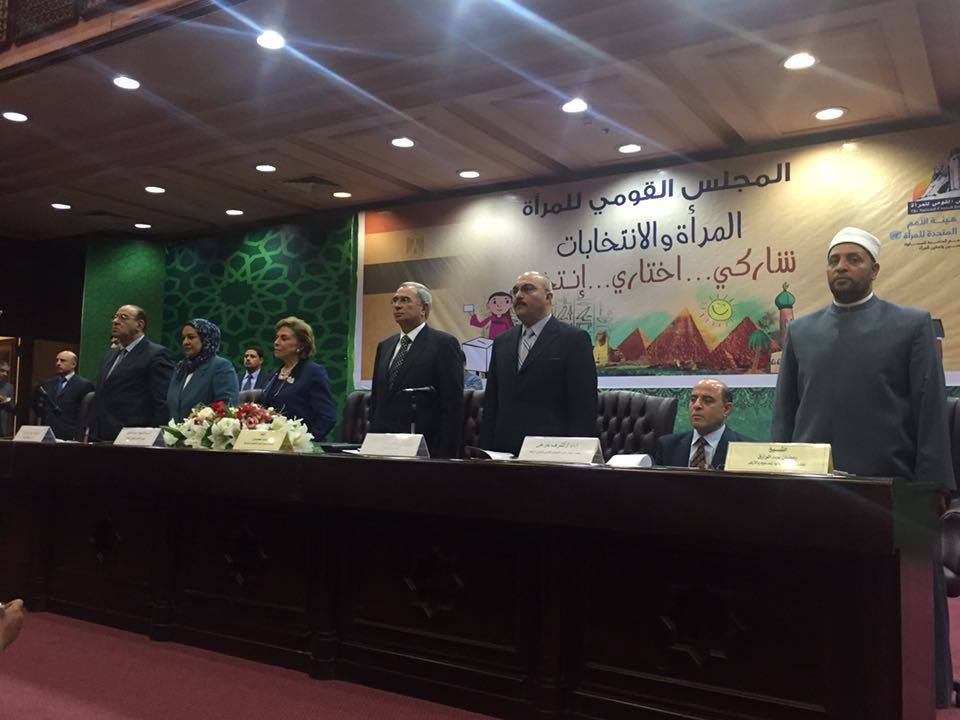I don’t know about you but when I go to see an art exhibit I enjoy roaming about; I like galleries with a space that allows you to walk around, step back and take a look at the broader picture. At instances, I like to feel lost in the midst of the art on display.
That’s not what you get at Artellewa, a tiny art space in the ramshackle neighborhood of Ard El-Lewa, north west of Giza. Instead, among the rundown homes, loud street cafes and the clutter of dusty workshops, I gazed at Gaby’s (Mohamed Gaber’s) 13-piece collection titled “Poise, as I shifted from foot to foot.
That aside, seeing a cultural, albeit small, scene grow in an impoverished area in greater Cairo was definitely elevating.
In the latest Artellewa exhibit, Gaby examines the process of art making; using chalk and ink, he traces the stream of thought that brings about the final creation of an artist. His focus in not only on how one stroke leads to the other or how one blot of ink yields the next, it is more focused on the psychological transition an artist goes through as his thoughts move from mere ideas to real, tangible creations.
In his statement, Gaby likens the process of making art to giving birth; he explains that an artist detaches himself from reality to allow his imagination to run loose. In this alternative universe, there are no limits. But in order to express such abstract ideas visually, he is brought back to reality in the shape of the new creation, as if being reborn.
This idea is nothing new; in fact, those who are all too familiar with the process of making art may argue this theme has been exhausted over the years. Like recreating icons from the past or viewing Cairo from a foreigner’s lens, exploring the making of art in Egypt can be banal.
Despite that, Gaby’s “Poise collection steers clear from any such tired methods. It is simple, concise and instinctive.
Gaby’s recurrent use of the stick figure is fascinating in that it points towards the artist as a person, and not his pencil. It becomes a personal trip through which he breaks loose from the chains that are caging his thoughts, a process an average viewer can relate to.
His stick men are always in action, either running away or stretching out their arms, symbolizing the inner struggle of an artist in the throes of creation.
On the other hand, a few pieces illustrate a state of distress; the viewer meets hazy, disturbed lines drawn against blackwashes, rightly signifying a neurotic state of mind reached by the artist.
Arguably the best piece on display is no. 13, a man sitting down with his hands tied behind his back, his head bowed down. The figure is slightly slouching, as if sitting down on a lazy boy or a rocking chair.
What was originally conceived as a stick man is blown-up with intricate detail. Gaby inserts needle-like sticks all round his stick man’s body with gray fade outs all along. The end result is of an imprisoned man, presumably the artist, shining from the darkness as he is tied to a chair.
Maybe it’s the use of the dark shades, maybe it’s the fact that Gaby’s academic background is in psychology, but something about this show is inoffensively disturbing.
“Poise is currently showing at Artellewa, 19 Mohamed Ali Al-Eseary, Ard El-Lewa, Giza. The show ends on Jan. 9.


